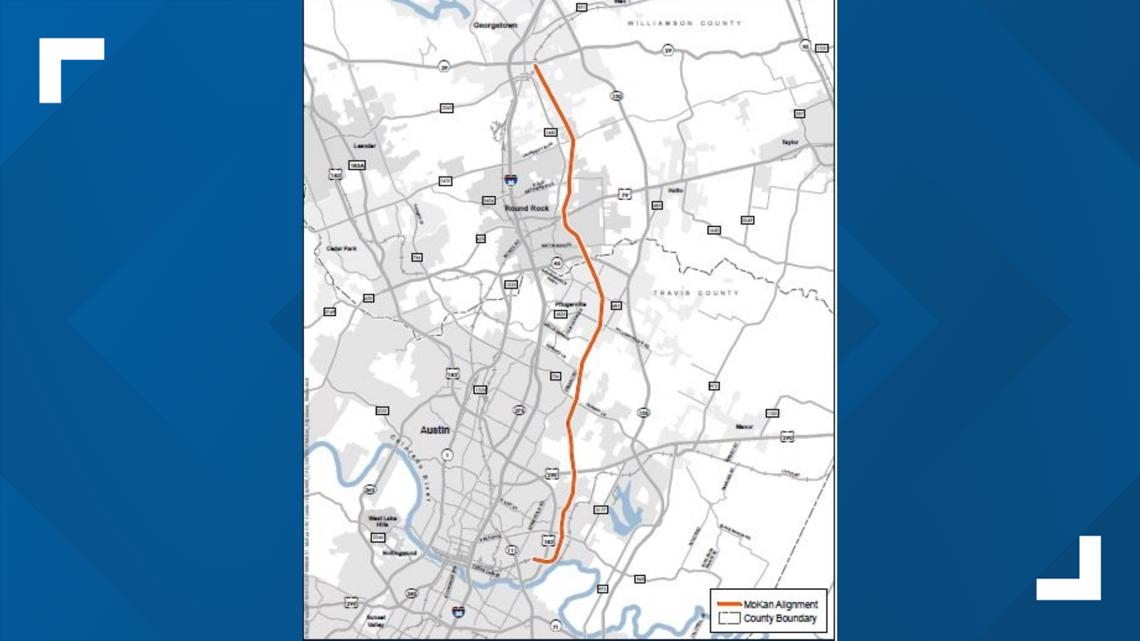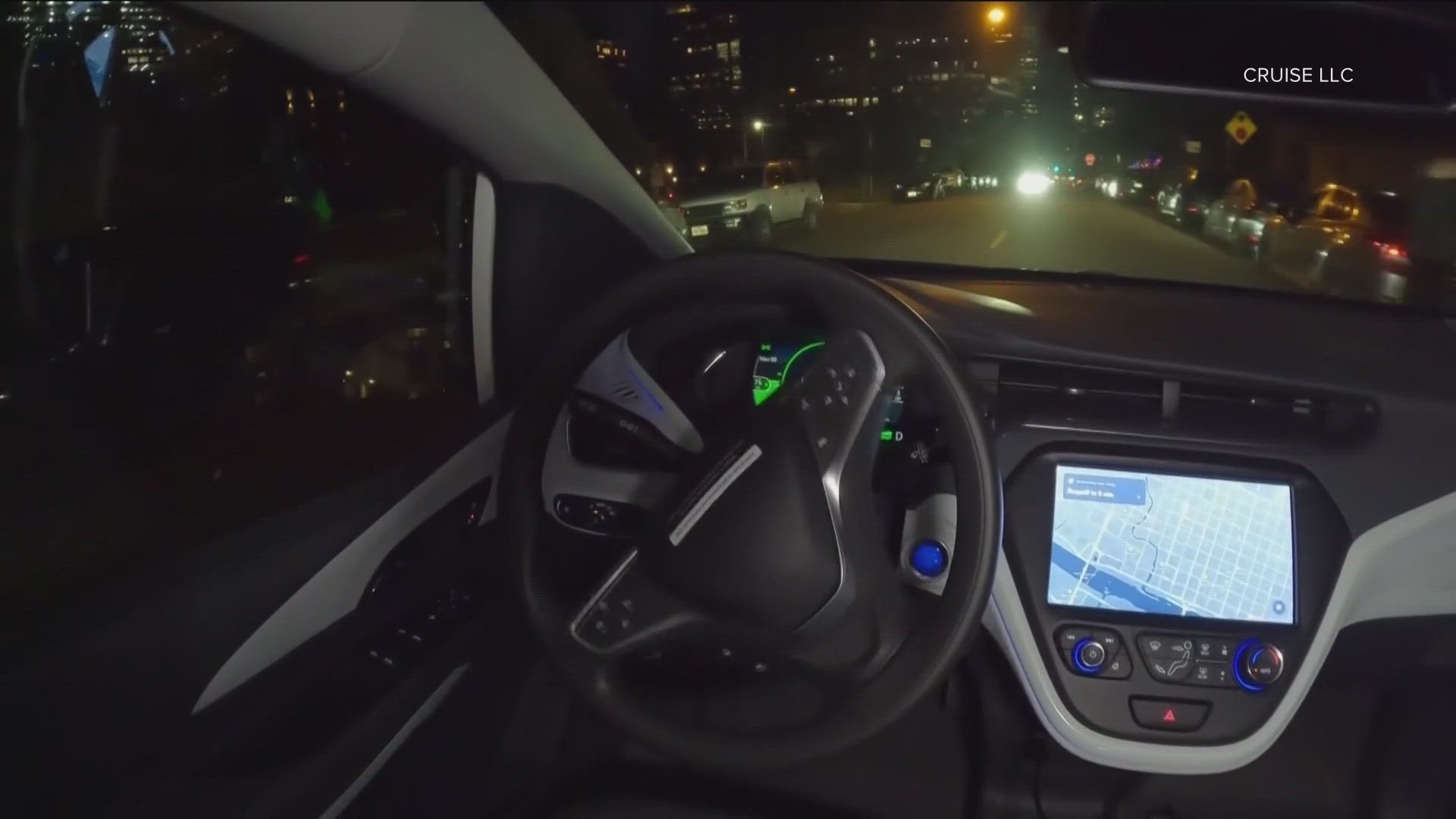AUSTIN, Texas — Experts say autonomous vehicles in the Austin metro will expand over the coming years.
If you've been in Downtown Austin recently, odds are you've seen more autonomous or self-driving vehicles on the roads.
The City of Austin's transportation department said General Motors-owned Cruise rideshare has more than 50 autonomous cars on our roads. Waymo is testing out 10 of its driverless taxis, and Volkswagen is using Austin as a trial site for its first driverless car.
The City said it does not provide incentives to these private companies. Experts say the lifestyle, large pool of tech talent and loose state regulations pull these companies to Austin.
"The Austin region ranks as a national leader when it comes to attracting businesses from an innovation and technology standpoint," said Stacy Schmitt, Opportunity Austin's senior vice president of Communication and External Affairs.
"The Austin district specifically and the organization as a whole has been open to trying to solve traffic in ways that are a little outside the box," civil engineer Brian Gettinger said.
Gettinger said this is only the beginning for Austin. The Texas Department of Transportation (TxDOT) said it plans to start getting input in the future on a proposed road specifically for driverless vehicles. It would run from East Austin to Pflugerville, Round Rock and Georgetown. TxDOT said earlier this year, the "MoKan corridor" study was postponed to prioritize resources.


Gettinger said we'll see roads like this across the state in the future.
"You'll start seeing probably on freeways or express lanes just like MoPac or Highway 130, I-10 – some of the major corridors that have a lot of people going the same way for a long time," Gettinger said.
Before we get to that, companies still have some improvements to make. Videos of the cars malfunctioning are all over the internet. A video from July shows a Cruise car backing up at a green light, and a different video shows one completely stopping traffic.
"It's got to be perfect for operation, and that's really hard," Gettinger said. "In the environment that we have, because there are so many variables, not only, you know, people and things, but lighting, it becomes really challenging."
Recently, Cruise announced its plans to expand its service from strictly the downtown area to near US 183 and near Loop 360 in the next few months, according to the Austin Business Journal.
Until then, you'll see most self-driving taxis in a small downtown geofenced area. As this technology evolves, experts said these autonomous cars could be your new chauffeur from your house to wherever you want to go.
TxDOT created the Connected and Autonomous Vehicle Task Force to work with public and private leaders to pave the way for innovation in Texas. In a statement, a spokesperson wrote, "These new technologies be developed safely for Texas."
In 2017, the Texas Legislature passed Senate Bill 2205 to amend the Texas Transportation Code with new policies governing the operation of autonomous vehicles. State law preempts local authority of self-driving cars. SB 2205 made rules uniform for AVs across the state, putting regulation and oversight in the hands of the state government rather than local municipalities.
Texas passed another law, House Bill 3026, in 2021 related to the operation and regulation of autonomous vehicles.

